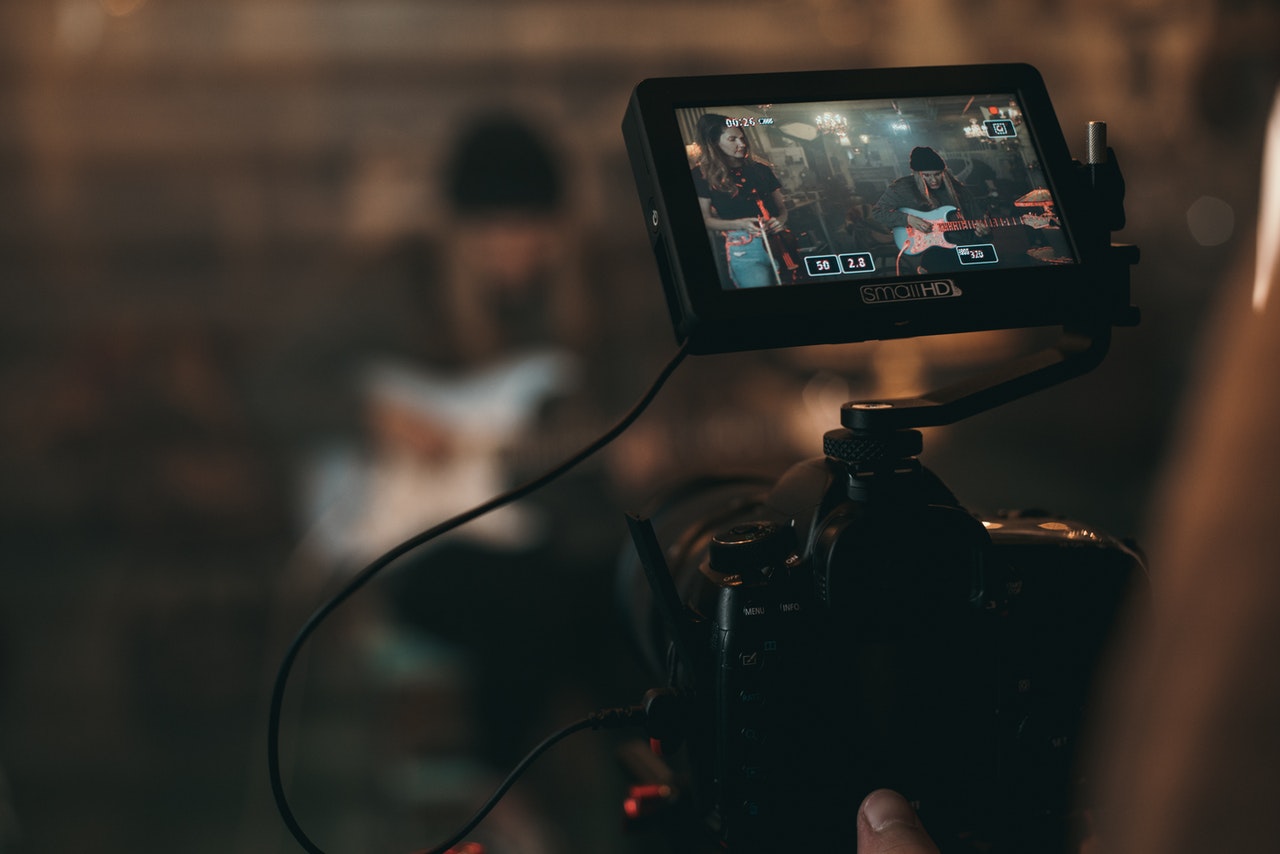Cinematography is the soul of filmmaking. It’s the art and science of capturing moving images, telling stories through the visual language of film. From the flickering frames of silent movies to the high-definition spectacles of modern blockbusters, cinematography has evolved into a sophisticated craft that shapes our cinematic experience. Let’s delve into the fascinating world of cinematography, exploring its history, techniques, importance, and future trends.
1. Introduction to Cinematography
At its core, cinematography is about creating visual poetry with motion pictures. It involves everything from selecting the right camera angles to manipulating light and shadow to evoke specific emotions in the audience. A skilled cinematographer can transform a mundane scene into a mesmerizing visual feast.
2. History of Cinematography
The journey of cinematography dates back to the late 19th century when pioneers like Thomas Edison and the Lumière brothers laid the foundation for modern filmmaking. Over the decades, technological advancements have revolutionized the way movies are shot and edited, paving the way for cinematic masterpieces.
3. Key Elements of Cinematography
Lighting
Lighting is perhaps the most crucial aspect of cinematography. It can set the mood, highlight important details, and create dramatic effects. Whether it’s soft diffused light for a romantic scene or harsh shadows for a gritty thriller, lighting can make or break a shot.
Composition
Composition refers to the arrangement of visual elements within the frame. A well-composed shot draws the viewer’s eye to the focal point, guiding them through the narrative. Cinematographers use techniques like the rule of thirds, leading lines, and symmetry to create visually stunning compositions.
Camera Movement
Camera movement adds dynamism to a scene, immersing the audience in the action. From sweeping crane shots to steady handheld footage, the choice of camera movement depends on the mood and pacing of the scene.
Color Grading
Color grading is the process of enhancing or altering the color of a film to achieve a specific aesthetic. It can evoke different emotions and reinforce the narrative themes. From vibrant hues to desaturated tones, color grading plays a crucial role in shaping the visual identity of a film.
4. Cinematography Techniques
Close-ups
A close-up shot focuses on a specific subject, capturing every subtle expression and emotion. It’s often used to convey intimacy or emphasize a character’s reaction.
Wide Shots
Wide shots establish the setting and context of a scene, providing a sense of scale and perspective. They’re ideal for capturing expansive landscapes or crowded city streets.
POV Shots
POV (point-of-view) shots put the audience in the shoes of the character, allowing them to experience the action from their perspective. It creates a sense of immediacy and immersion.
Tracking Shots
Tracking shots involve moving the camera alongside the action, following characters as they navigate through the scene. They add kinetic energy and fluidity to the storytelling.
5. Importance of Cinematography in Filmmaking
Cinematography is more than just capturing images; it’s about storytelling. A well-shot film can evoke a wide range of emotions, transporting the audience to different worlds and time periods.
6. Famous Cinematographers and Their Contributions
Throughout cinematic history, there have been numerous talented cinematographers who have left their mark on the industry. From pioneers like Gregg Toland to modern visionaries like Roger Deakins, their innovative techniques continue to inspire filmmakers around the world.
7. Impact of Technology on Cinematography
Advancements in technology have revolutionized the field of cinematography, giving filmmakers access to cutting-edge cameras, drones, and CGI effects. Digital cinematography has made filmmaking more accessible and affordable, democratizing the art form.
8. Cinematography in Different Genres
Different genres require different approaches to cinematography. For example, horror films often employ low-key lighting and handheld camerawork to create a sense of tension and unease, while romantic comedies favor bright, airy cinematography to evoke a lighthearted mood.
9. The Role of Cinematography in Film Awards
Cinematographers play a crucial role in the success of a film, yet their contributions are often overlooked. However, prestigious awards like the Academy Awards and the BAFTAs recognize the talents of cinematographers, honoring them for their exceptional work.
10. Challenges Faced by Cinematographers
Despite its artistic merits, cinematography comes with its fair share of challenges. Technical constraints, budget limitations, and creative differences can pose obstacles for even the most seasoned cinematographers.
11. Future Trends in Cinematography
As technology continues to advance, the future of cinematography looks promising. Virtual reality and augmented reality are poised to revolutionize the way we experience movies, offering immersive storytelling opportunities.
12. Training and Education for Aspiring Cinematographers
For those aspiring to pursue a career in cinematography, there are plenty of resources available. Film schools offer specialized programs in cinematography, while online platforms provide tutorials and workshops for aspiring filmmakers.
13. Conclusion
Cinematography is the unsung hero of filmmaking, breathing life into stories and captivating audiences worldwide. From the golden age of Hollywood to the digital era, cinematography continues to push the boundaries of visual storytelling, ensuring that every frame is a work of art



